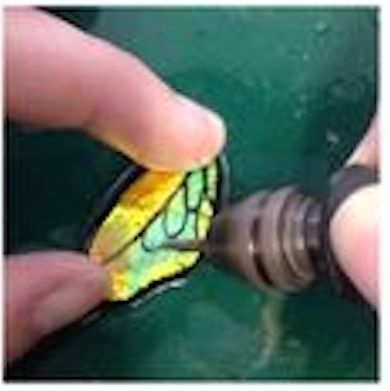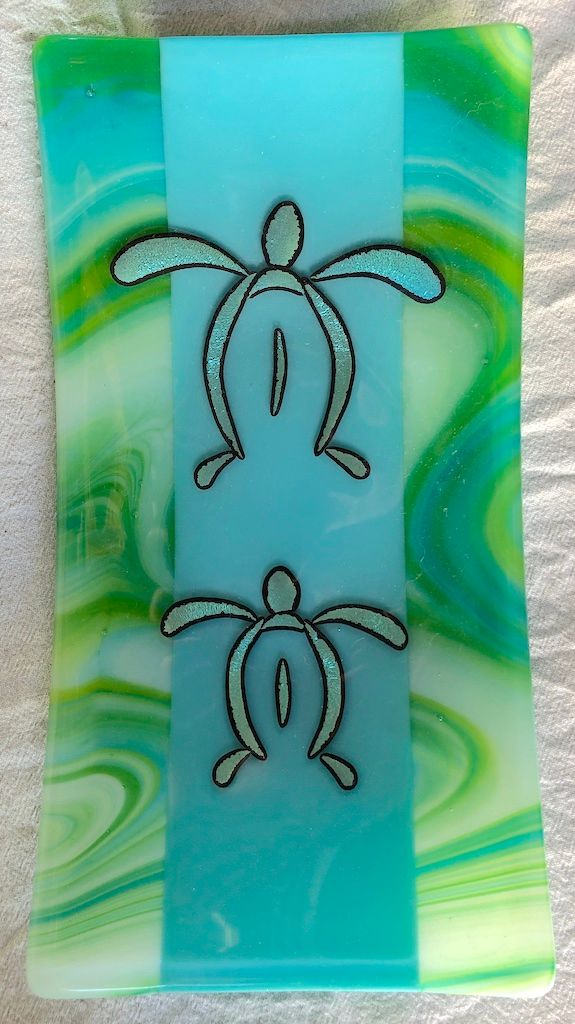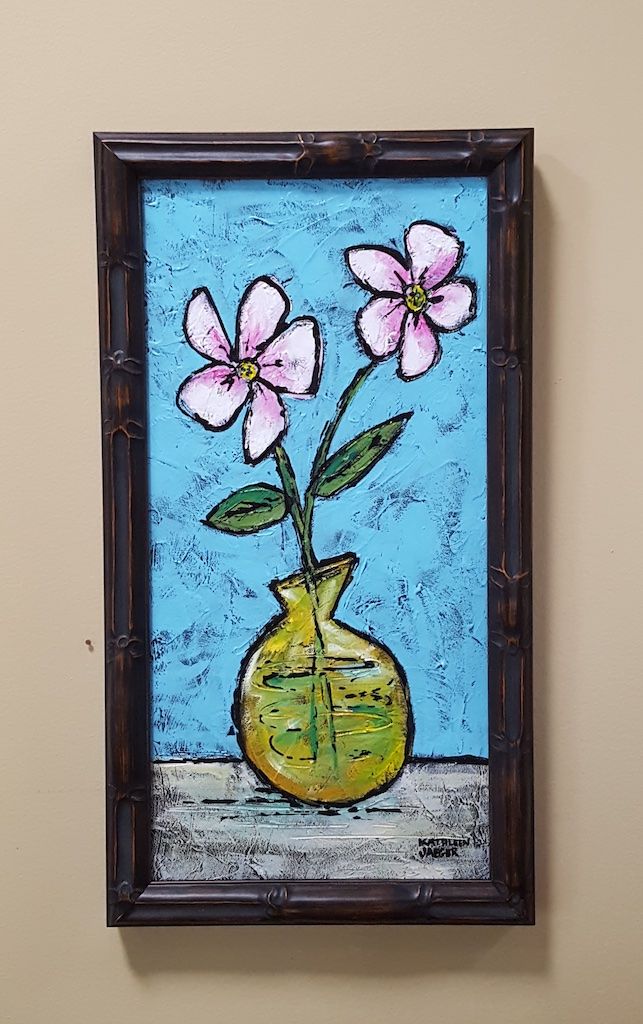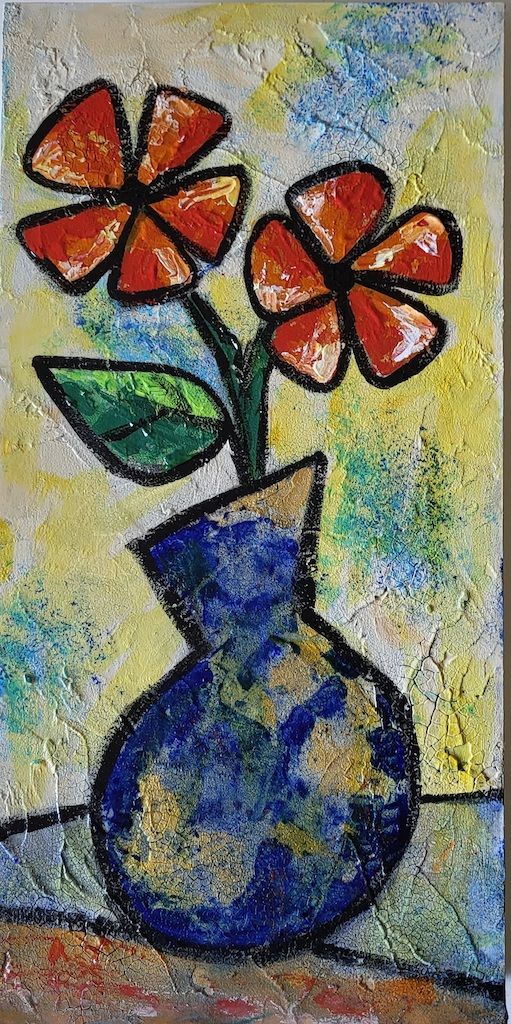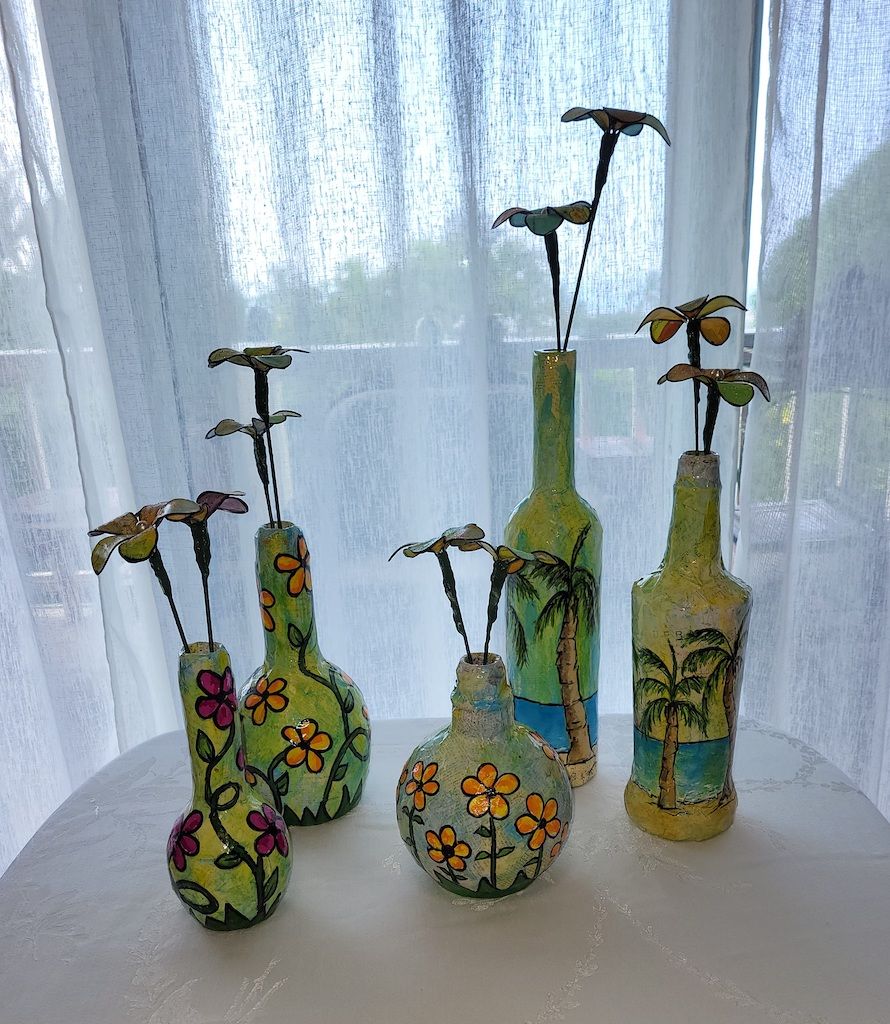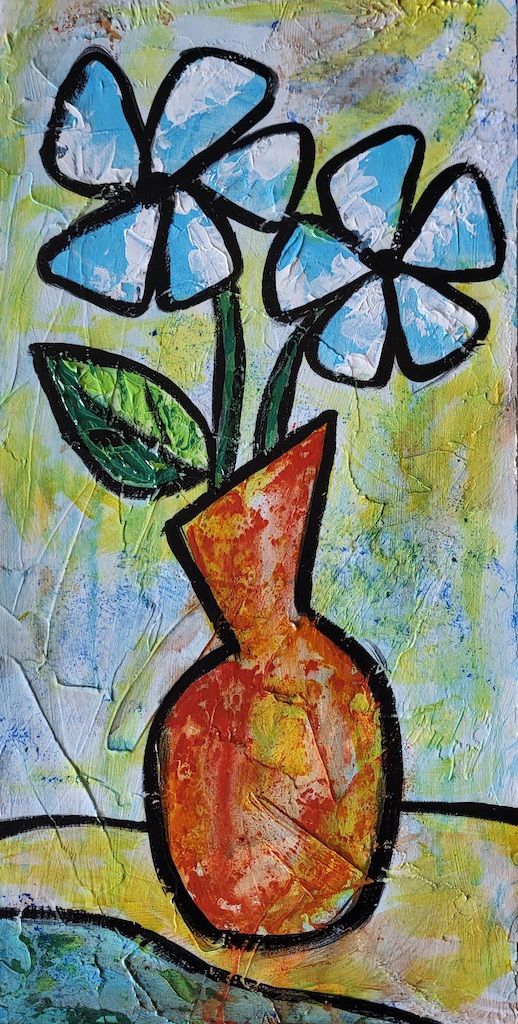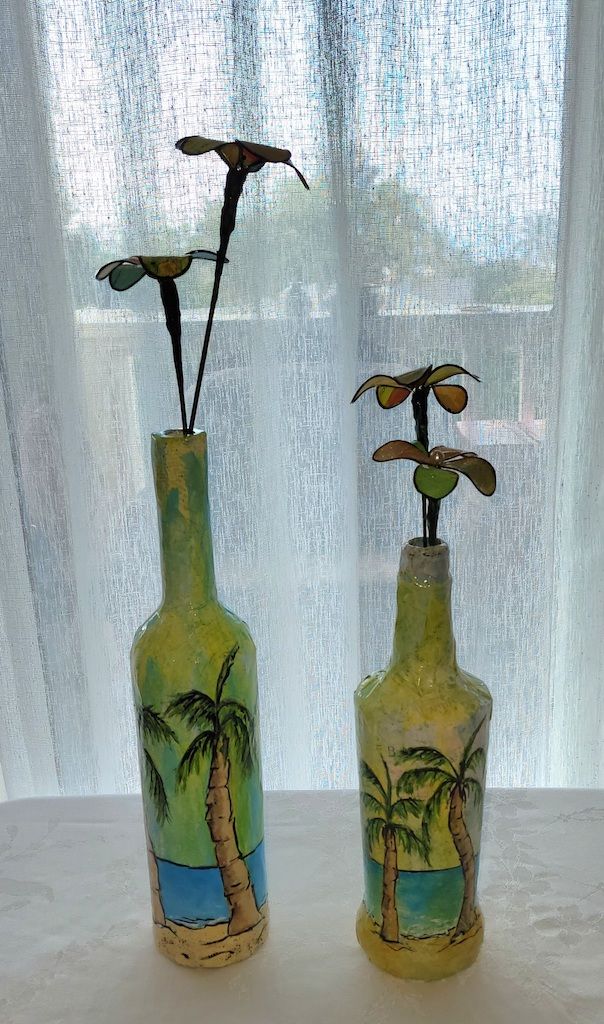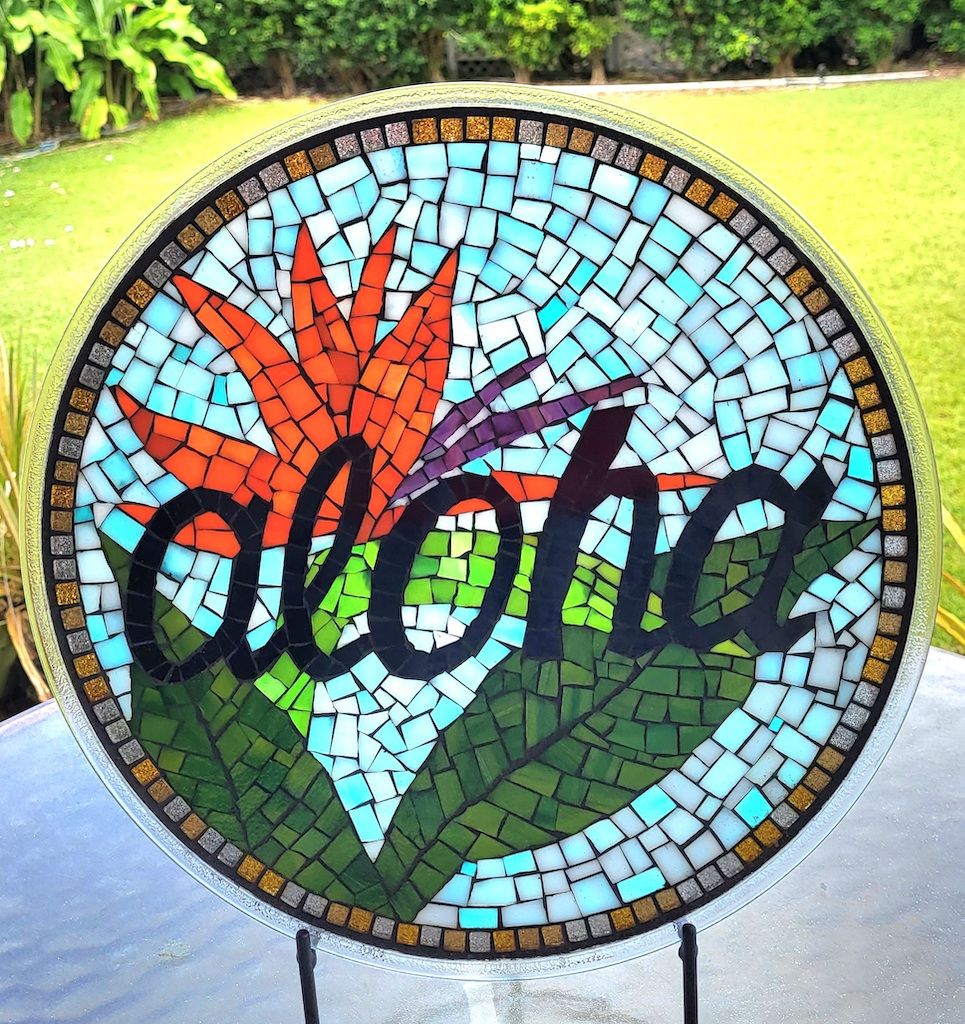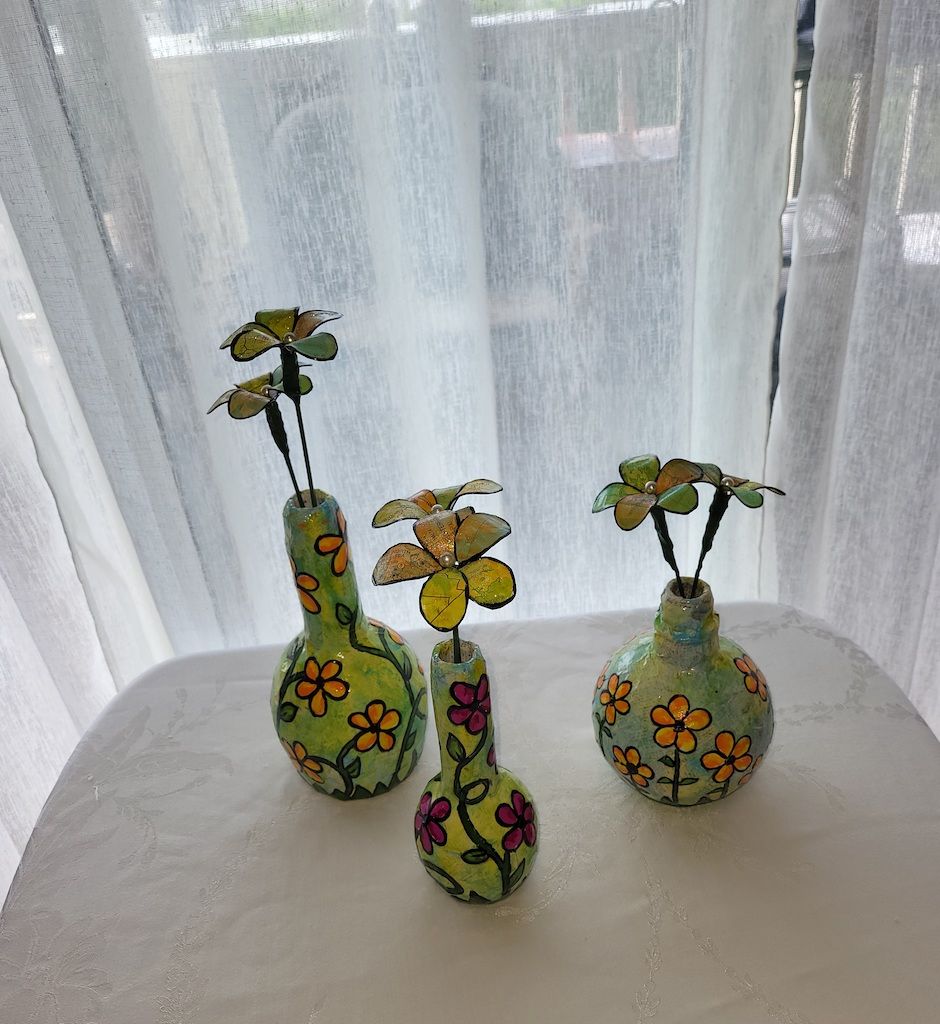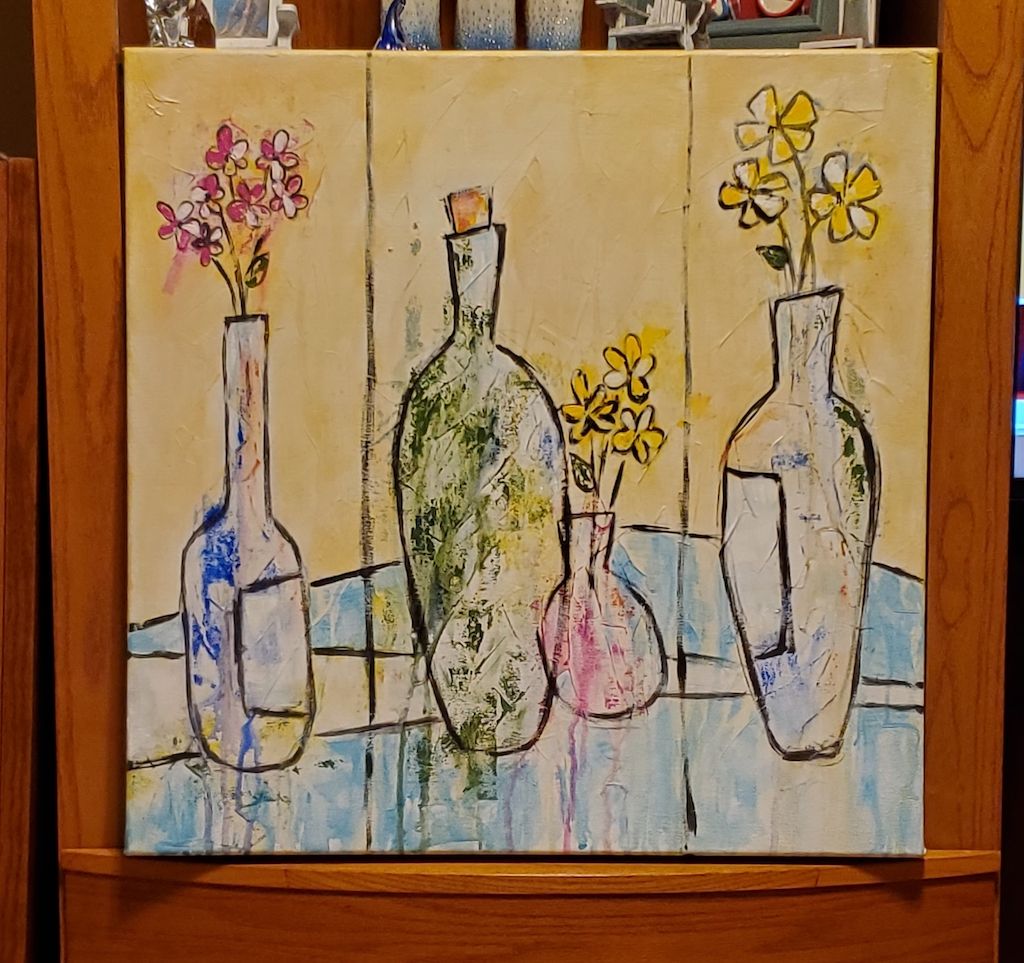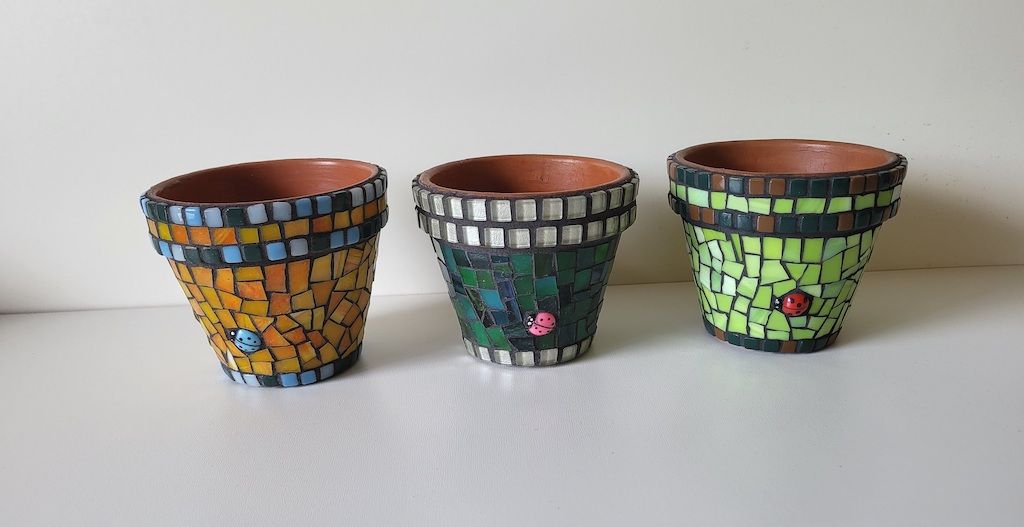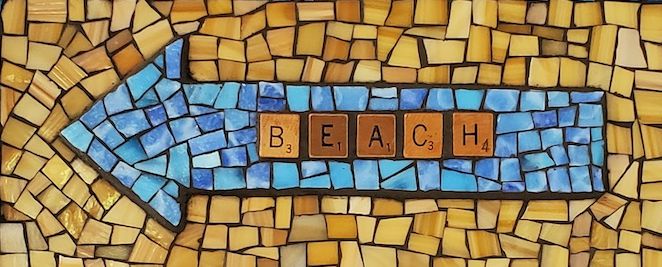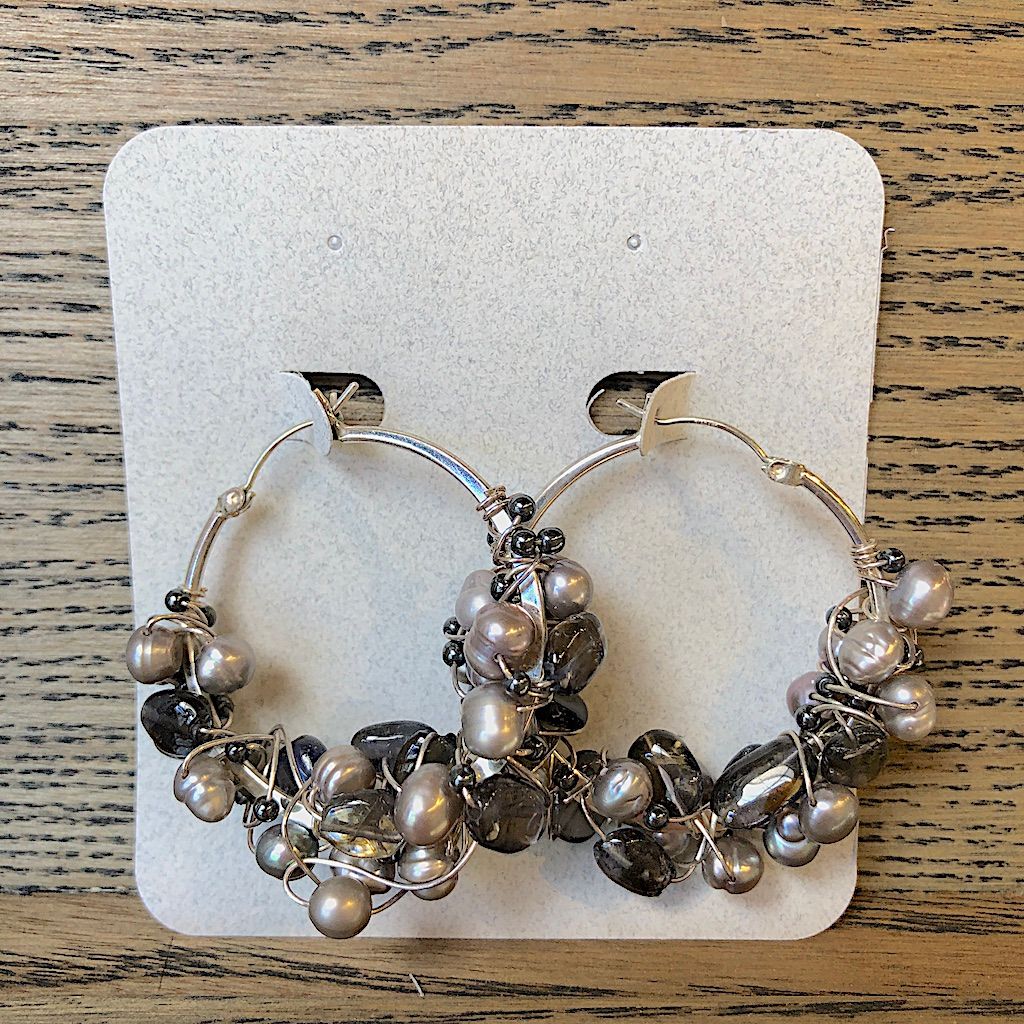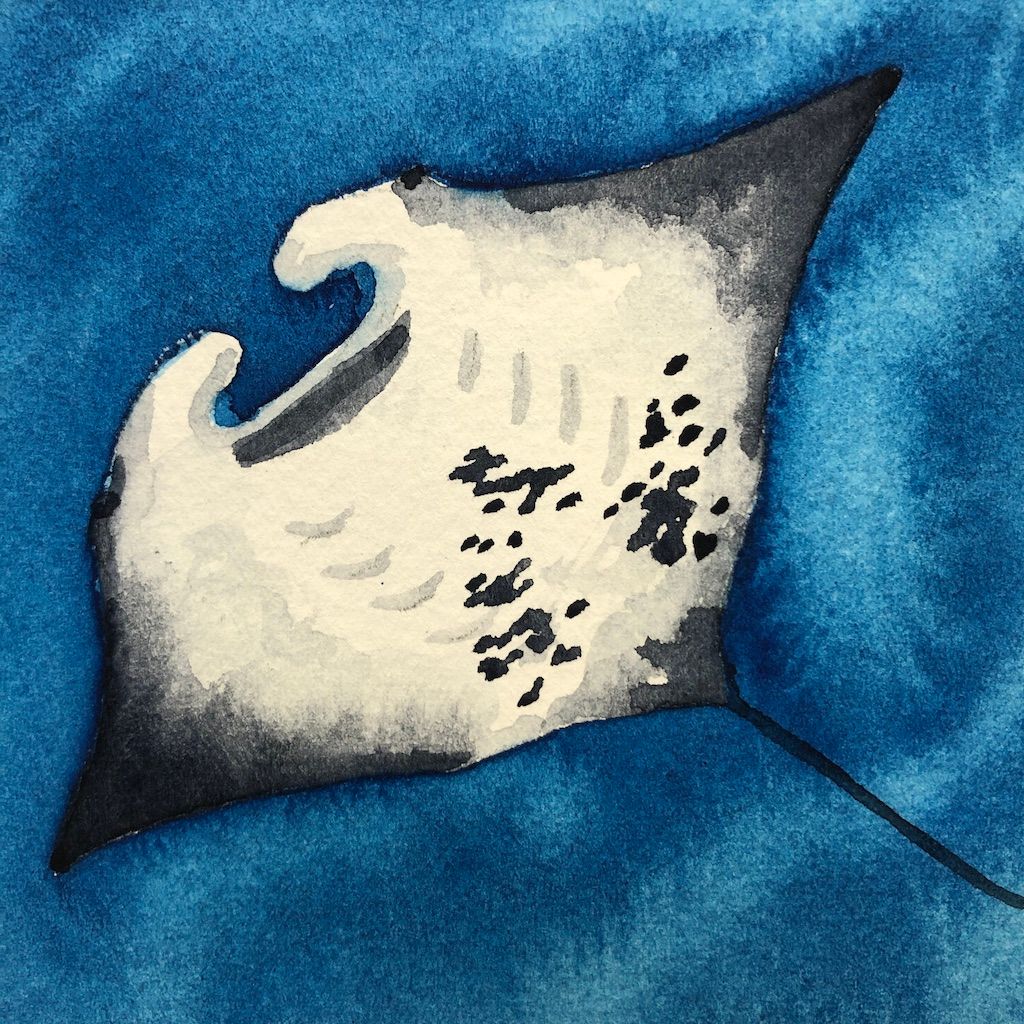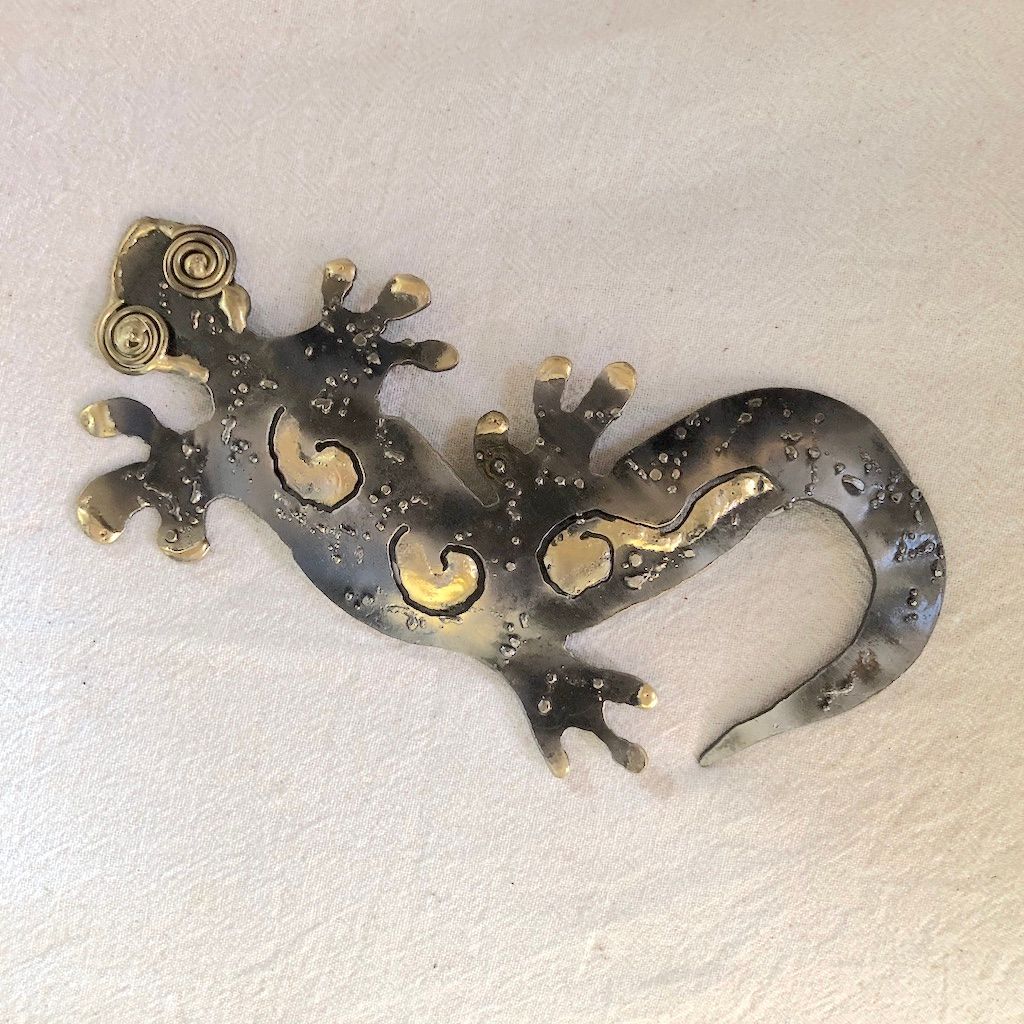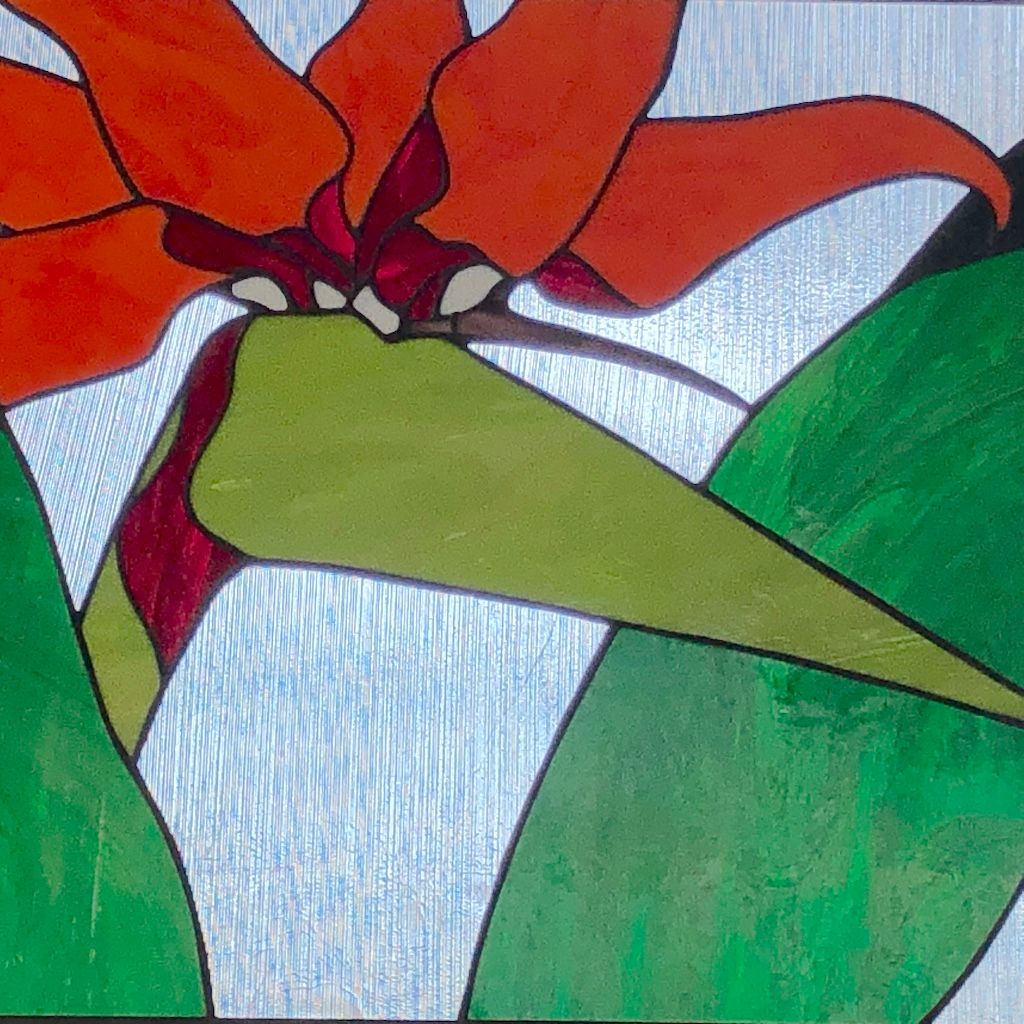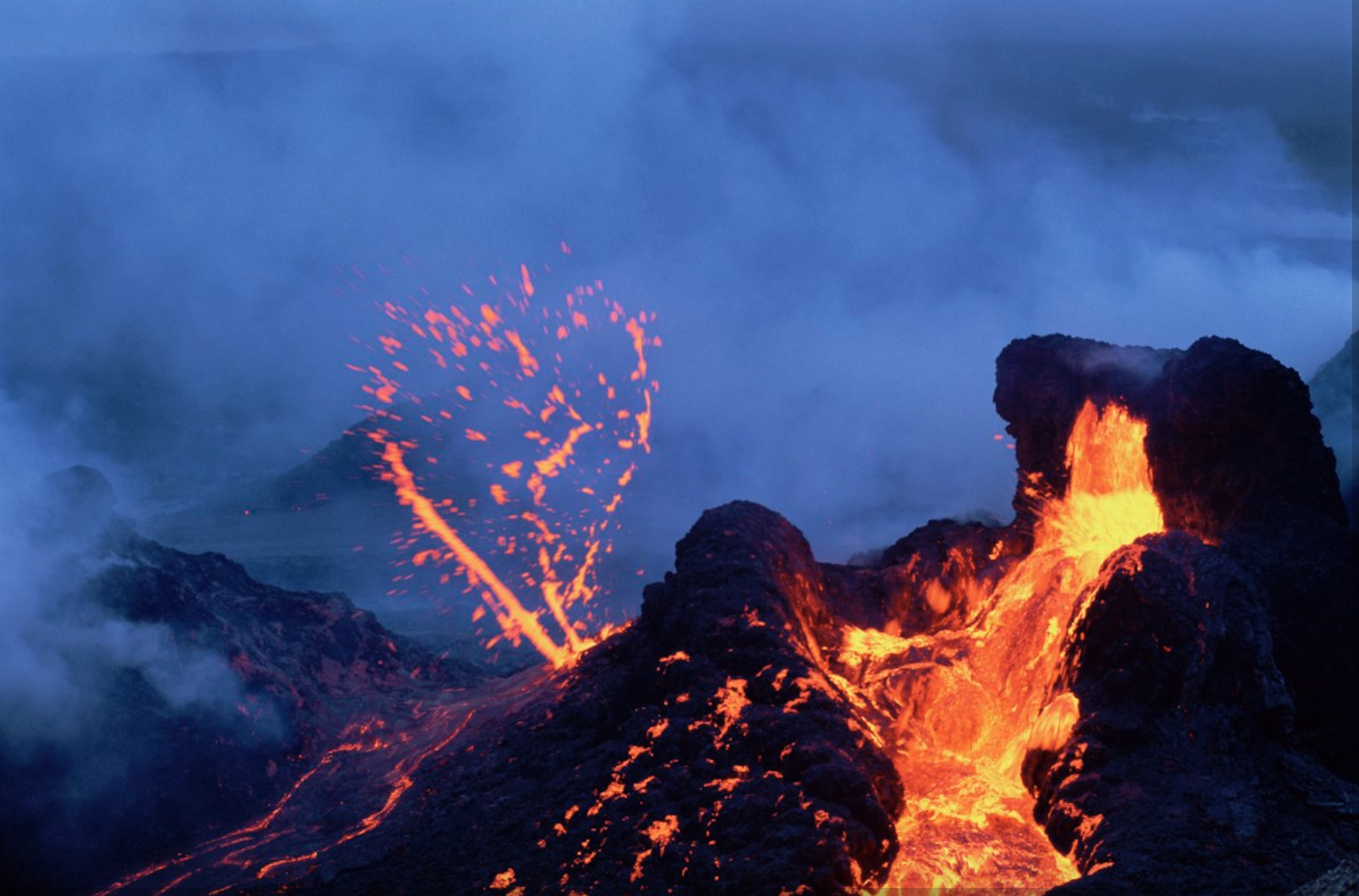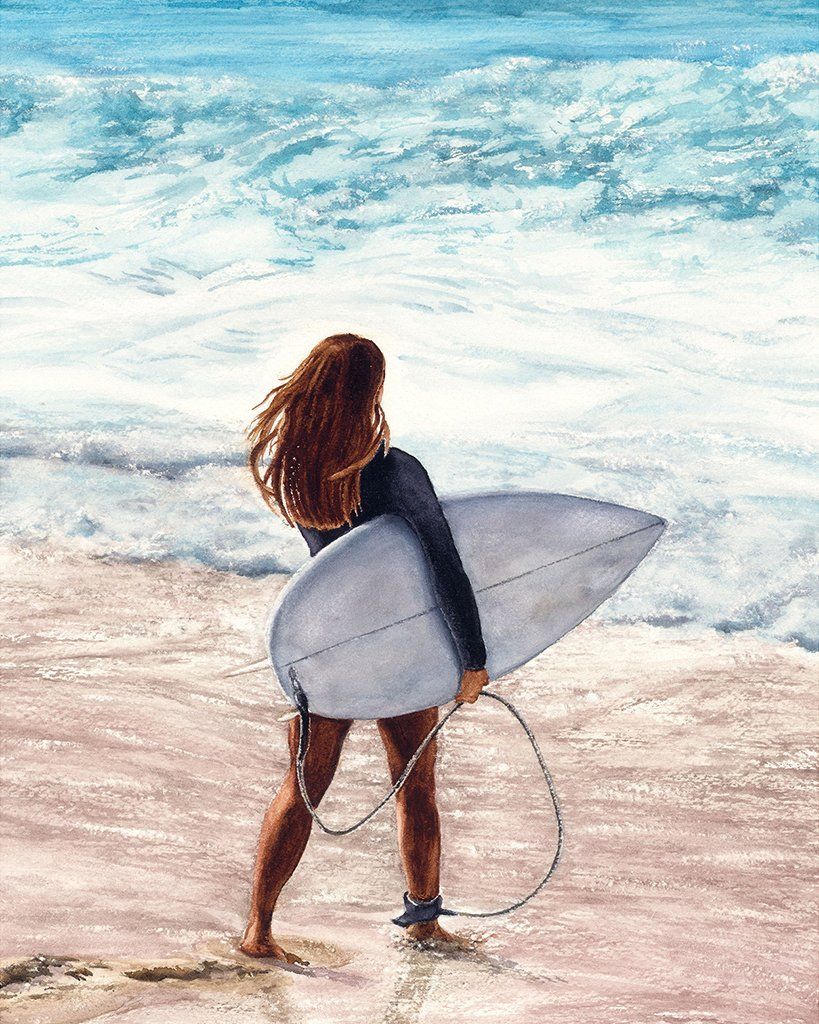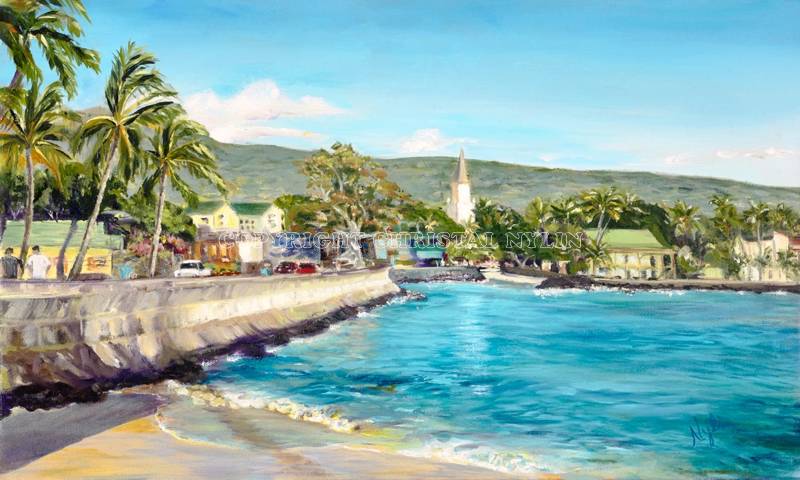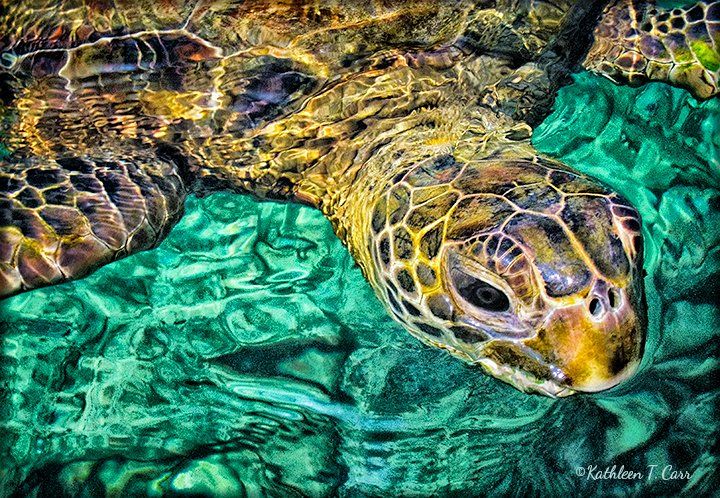February 2023 at the Gallery
Volume 14, Issue 2
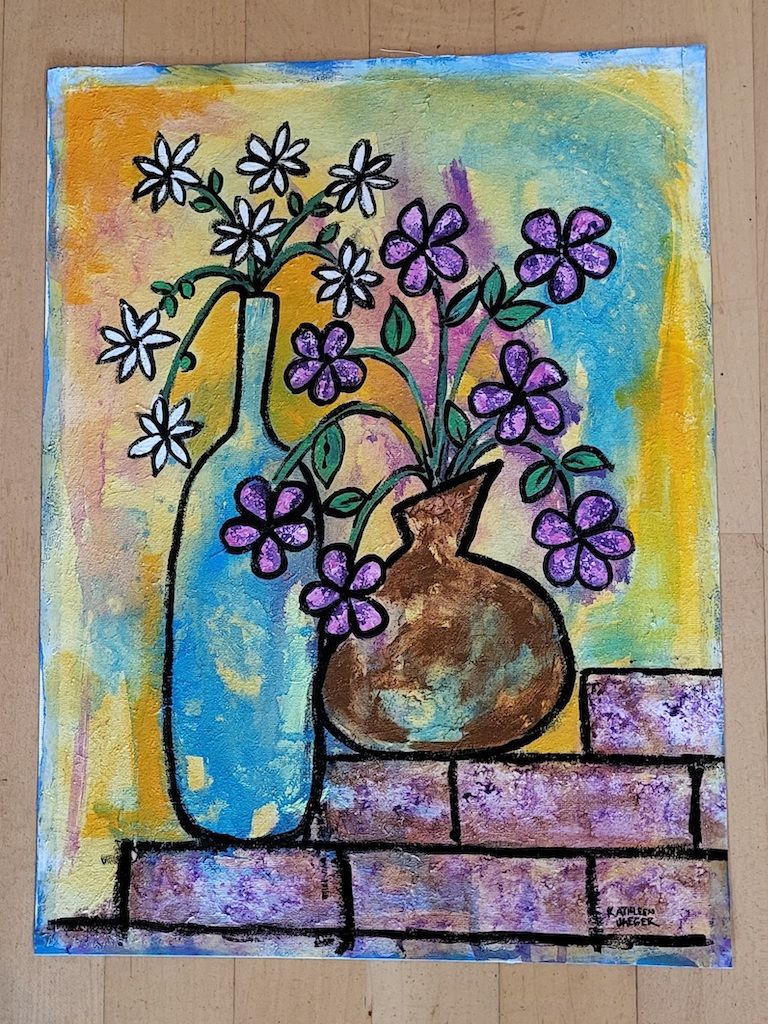
Featured Artist:
Kathleen Jaeger
Editor's note: Those who have been following (thank you!) know that Kathleen Jaeger has seniority as a member artist. Still, we do try to keep our newsletter and our gallery interesting, informative, and insightful for repeat visitors and for ourselves. And once again, Kathleen delivers, sharing heart-warming experiences from her years as an art teacher and therapist, as well as her own experiences and self-reflections as an artist.
Years ago, as an art teacher/art therapist working at a public school in the Midwest, the supervisor of art, Katherine Smith opened the beginning of an art teacher’s meeting by pounding her fist on the table and asking, “WHAT IS ART?” Knowing she expected us to do some real thinking, extensive discussion ensued. I still ponder that question occasionally and answer myself in many ways – sometimes deep and insightful, and other times not so much.
An artist acquaintance, Robert Shields, says, “When you buy art from an artist you’re buying more than an object. You’re buying hundreds of hours of errors. Years of frustration and moments of joy. You’re not buying a product. You’re buying a piece of a heart, a piece of a soul and a small piece of someone else’s life.” The art teachers group concluded that art is just that, a piece of a soul. They also agreed it is the heart and soul that separates “art” from “craft”.
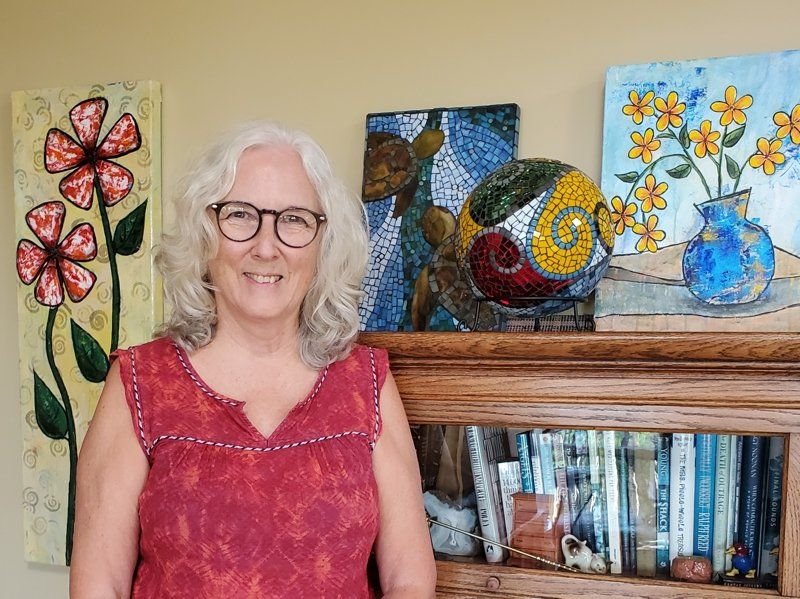
Having been trained as both an art teacher (holding a lifetime teaching certificate in art for grades K-12 in the state of Missouri) and as an art therapist (registered with the American Art Therapy Association), I know how powerful the act of creating can be. I have witnessed it both with my students and within myself, which can be quite dramatic and cathartic.
One example involves a middle school “at-risk” student who had little or no experience feeling success, or the joy of a job well done. One day, he was surprised when clean-up was called at the end of a painting class and excitedly said, “Mrs. Jaeger, I got into that 'zone' you talk about! This is so cool. I feel like a real artist!”
Art Journeys with Shannon Nakaya:

Texture is one of seven elements of art.
In three dimensional art, texture is about the physical feel of the art. Smooth, rough, soft, and hard are the four fundamental textures. Beyond that, there are many other types of texture - coarse, scaly, bumpy, lumpy, fluffy, velvety, and slick, for example.
In two dimensional art, texture can either be physical, as in applying and shaping thick layers of paint, or implied. Painting a feather so it looks like a feather is an example of implied texture. In photography, texture is purely visual, using light and shadow to accentuate the texture of an object and capturing it in a photographic image.
Texture can help to guide a viewer’s eye through a work, like a cobblestone path. Texture can add depth to a subject or object, like in portraying the ocean. And texture makes art more interesting.
There are as many ways of creating texture as there are textures themselves. We are surrounded by texture; every object has a characteristic feel when touched by our fingertips. Artists learn to conscientiously observe and develop an awareness of the different textures in their surroundings. And they learn how to mimic or represent those textures using different mediums and techniques. The potential is limitless which is how new art forms and styles continue to enter the art arena.
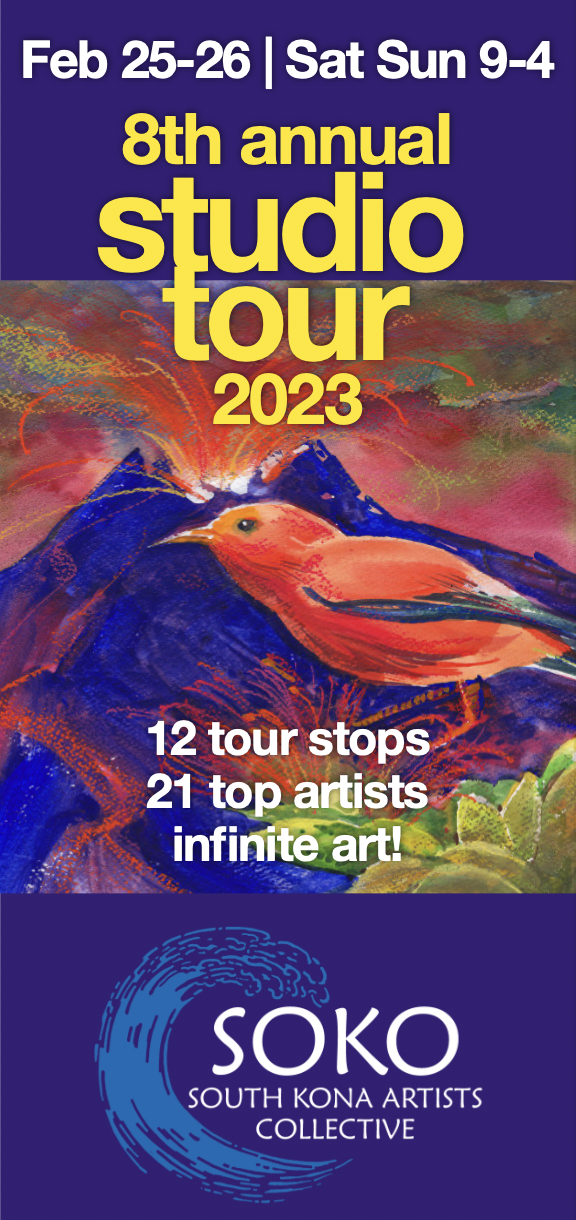
Gear up and get ready for one of the largest art tours on the Big Island. This year, two of our KVA artists will be included in the SOKO Art Tour. That would be photographer Kathleen T. Carr and watercolor painter Ken Geer. While you may be familiar with their works on display at KVA Gallery, ours is a limited space, so this is an opportunity to see some of their other works. It is also another opportunity to meet each artist in person. Additional details and maps at www.sokoartists.com.
Warning: With this many artists and this much art, it will be difficult not to purchase and/or be inspired to make something. In my opinion, both are good, so see you there!
Kathleen Jaeger, continued
Another example involved a high school “behavior disordered” young man. The task was to design a board game with a goal, obstacles, and a way to win. Several options of mediums were available. During class my approach was to continually move around the class, sitting with different tables, chatting and checking in with each student. We might talk about the lesson, or whatever they needed to talk about. In his game, this young man had a good plan, attractive game board, and several obstacles. As he described it to me, the way to get past the obstacles was to fight. Every time. My off-hand comment was, “As I understand, then, that the only way to win is to fight, right?” He said, “yes.” I just said, “OK” and moved on. Later in class, that young man blurted out, “Maybe Not!” As he worked and he processed my comment he decided there just may be other ways to achieve his goal other than fighting. This was quite a pivotal moment for him.
In my personal work, I find myself being affected by events of the world, my life, and those around me, even though they do not become the focus, nor is my art a literal illustration of such things. I usually begin with a rough idea of an image in my head and have already determined what medium would best to use. But when I begin the actual work, when I get dirty, I work spontaneously, not fully planning everything but allowing the image to evolve and emerge throughout time. At some point, especially when painting, the image itself seems to take over. It is not uncommon for me to work on a piece for a while, then stop. Then spend time, perhaps days, “in conversation” with the canvas. (It is those times when my husband, Bill, may come in and ask if I am OK. I tell him “I’m just listening.”) At some point, I will take it up again adding the final touches needed to deem it finished. “I am reminded of a Peanuts cartoon, in which Charlie Brown describes his drawing as the pencil doing all the work, he is just riding it.
There have been times after a piece is completed that I am somewhat surprised at the finished product. I let the image evolve and be what it is. Sometimes, after it’s done, I wonder how it even came to be. And, yet there it is.
In the work I will be highlighting this month, you will see collection of pieces both 3D and 2D, in mosaic acrylic, mixed media collage, and papier mache’. I hope they will put a smile on your face and, perhaps, bring you some joy.

